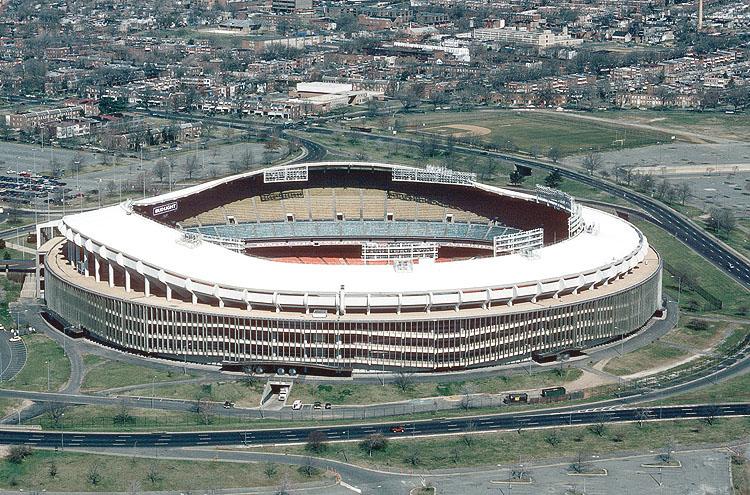
After years of seeking an alternative to playing at aging RFK Stadium, four-time Major League Champion D.C. United may be close to getting a home of its own.
DC mayor Vincent C. Gray and D.C. United have announced the signing of a public-private partnership term sheet to build a 20,000-25,000-seat, world-class soccer stadium in the Buzzard Point area of Southwest.
The new stadium, to be located adjacent to the Fort McNair Army base, will be bounded by Half Street and Second Street SW, between R and T Streets, is anticipated to be complete in time for the 2016 season.
“We are proud to say that D.C. United has achieved a major milestone towards establishing a permanent, state-of-the-art home in Washington, D.C.,” said United managing partner Jason Levien. “Th[show_disconnected][show_to accesslevel=’Subscriber’]is is a significant step forward, and we are going to continue to work diligently and collaboratively with the Mayor’s office and the D.C. Council to expedite this process and make this stadium a reality.”
Under the provisions of the term sheet, the District anticipates that it will swap District-owned property, including the Frank D. Reeves Center for Municipal Affairs, to assemble the stadium site parcels.
The plan calls for Reeves Center tenants as well as District agencies currently in leased space to relocate to a new municipal facility in Anacostia near the intersection of Martin Luther King, Jr. Avenue and Good Hope Road SE.
This facility would be developed and funded using a model similar to the District’s recently completed 200 Eye Street SE building.
“This is an exciting plan that moves the District forward in two areas about which I’m passionate — economic development, particularly in the East End of the District, and sports,” said Mayor Gray.
“The new soccer stadium is the final piece in the Anacostia Waterfront Initiative puzzle that, when complete will create the most vibrant and sustainable sports-and-retail district in America.”
The term sheet calls for the District to act as a horizontal developer and assume the cost of land acquisition and infrastructure (approximately $150 million), while D.C. United would construct the stadium (approximately $150 million).
There is not yet a finalized design for the proposed stadium. However, D.C. United officials unveiled multiple potential design concepts and are evaluating them as well as best practices with respect to soccer stadium design and operations in the United States and abroad.
D.C. United, one of the original MLS franchises, has explored various options in recent years, including overtures to move the team to Baltimore, Prince George County and Northern Virginia.
None of those produced an opportunity to proceed with the development of a new soccer stadium, and all along the way D.C. United officials emphasised a desire to remain in the District.
The team has played home games at RFK since 1996. The stadium, which seats 45,000, opened in 1961 and was constructed for $24 million, a modest sum compared to the cost of a new stadium in 2013 dollars ($184 million).
The new venue will strengthen the bonds between D.C. United and the District itself. Community programs provided by D.C. United and United for DC, the charitable arm of D.C. United – such as United Builds, United Drives, United Reads, United Soccer Club – are and will continue to be at the heart of D.C. United’s core mission of winning championships and serving the community.
“The realization of a soccer stadium in the District is a reflection of D.C. United’s role within the fabric of the city and the sport,” said Levien. “Our club and our fans forged traditions to anchor Major League Soccer. This accomplishment will add to our rich history, leading to a venue in our Nation’s Capital unlike any other in our League.”
[/show_to][hide_from accesslevel=’Subscriber’]
Your subscription has expired please
Subscribe to Southern Soccer Scene to view full article and get all the news in your mailbox![/hide_from]
